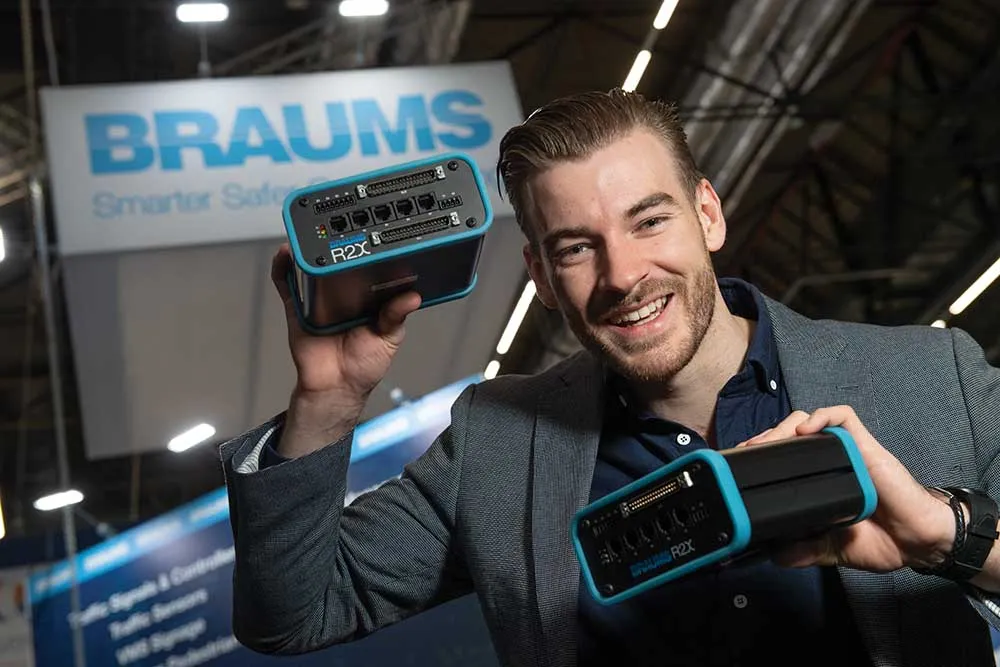Image Sensing Systems’ RTMS Sx-300 is a small roadside pole-mounted radar operating in the microwave band. It combines the company’s RTMS radar with a Bluetooth sensor for incident detection, travel time calculation and origin/destination information.
November 13, 2015
Read time: 1 min

The integrated sensor detects Bluetooth signals from vehicles, hands-free sets, mobile phones and navigation systems and provides per-lane presence as well as volume, occupancy, speed and classification information in up to 12 user-defined detection zones. Output information is via serial communication, while Bluetooth information is available via TCP/IP.
According to ISS, a single radar can replace multiple inductive loop detectors.









